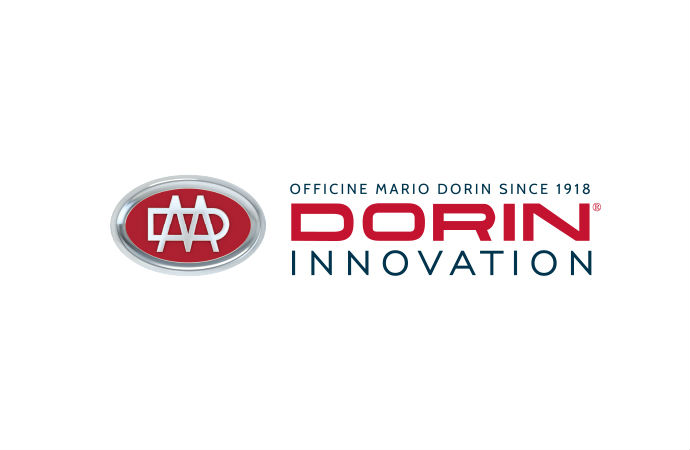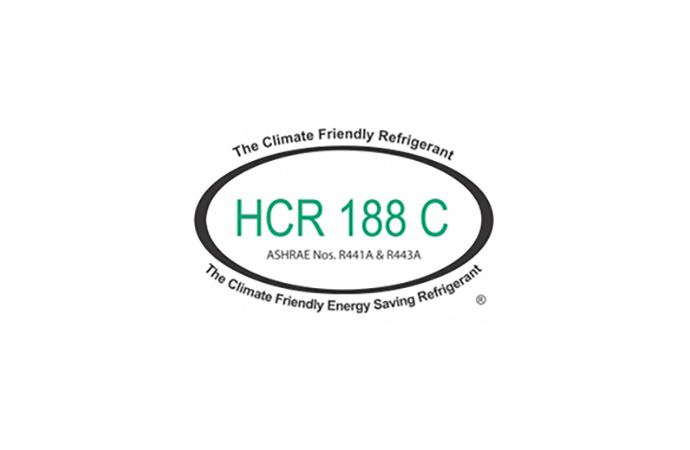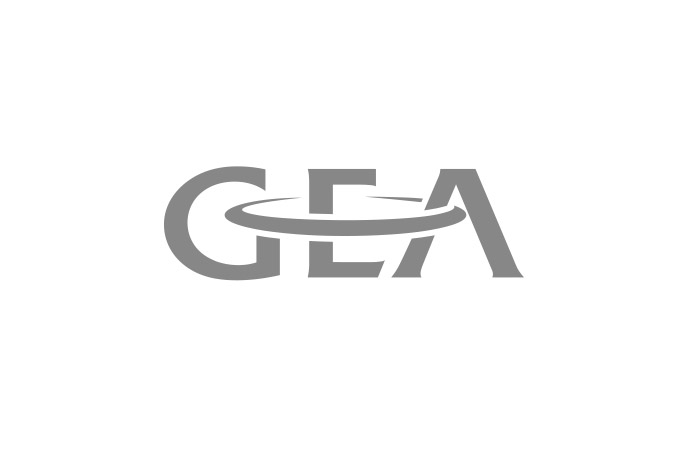With the rapidly expanding Brazilian market for R600a domestic refrigerators, hydrocarbons21.com spoke to Roberto Peixoto, Professor of Mechanical Engineering at the Instituto Maua de Tecnologia – IMT (Maua Institute of Technology) in Brazil, about the future for hydrocarbons in this leading emerging economy. In this first part of the interview Professor Peixoto talks about drivers influencing the development of hydrocarbon refrigerant technologies in Brazil.

hydrocarbons21.com: In June 2011 the Brazilian Environment Ministry organised a seminar entitled “Diffusion of alternative refrigerant fluids in refrigeration and air conditioning”, at which you presented, endorsing hydrocarbon technology as an environmentally and ozone friendly technology suitable for use in a number of applications. Could you give a brief overview of this seminar and the situation for hydrocarbons in Brazil?
Roberto Peixoto: My presentation for the seminar you mention, which was about refrigerant alternatives for HCFCs, provided insights into the future of hydrocarbon technology in Brazil. One sector where Brazil no longer differs widely from the rest of the world is in domestic refrigeration. In my view it is very likely that most refrigerators in Brazil in the near future will be manufactured to use hydrocarbon refrigerants. The reason I believe this will be the case relates to advantages that using hydrocarbons present: thermodynamic properties, efficiency, lubricant compatibility, etc.
Although one of the problems for hydrocarbons, but also flammable refrigerants in general is the amount of charge, in addition to which there are also issues relating to servicing, I think these concerns can be readily addressed and solved for domestic refrigeration.
hydrocarbons21.com: Do you believe that the development of the domestic hydrocarbon refrigeration market will benefit other applications? What other drivers will influence the development of hydrocarbon refrigerant technologies in Brazil?
Roberto Peixoto: With regard to knowledge and training that will be developed by those companies using of hydrocarbon refrigerants in domestic refrigeration applications, I think that this could benefit some other applications currently held back by problems relating to flammability due to higher charges. It is possible that in the future we will have small charge hydrocarbon air conditioners, such as room air conditioners, but this will depend on how the domestic refrigeration market develops.
The development of other hydrocarbon refrigerant applications will also be driven by regulation and legislation, and how Brazil evaluates the risk and safety of hydrocarbon technologies. In Brazil there has been little work done to date on addressing the safety issue of flammable refrigerants. However, a few years ago the Brazilian Standardisation Institute (ABNT) created a working group to develop standards for good practice in the use of refrigerants, covering safety, toxicity etc. This is still very general and does not specifically address flammable refrigerants.
hydrocarbons21.com: What role do multinational HVACR&R companies play in Brazil and how will this affect the future for hydrocarbons?
Roberto Peixoto: In the past we had a very strong influence from American companies, which were the main manufacturers of our HVAC&R technologies. However, now there is growing influence by non-US companies, and this may affect the use of hydrocarbons in a positive way.
In my point of view we need to have a very comprehensive approach to refrigerants in terms of their technical advantages such as energy consumption, and also with regard to cost and safety. For the applications where hydrocarbons present clear advantages I think the technology will be developed, which has been the case with domestic refrigeration.
MORE INFORMATION
Related stories
















